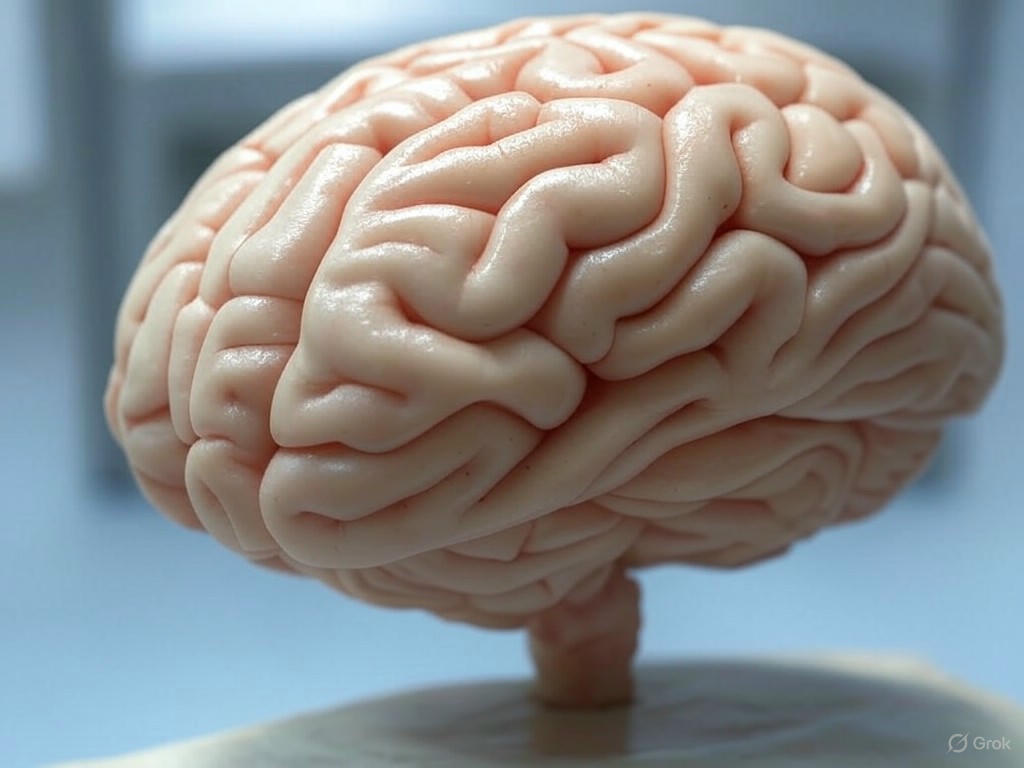The human brain, a marvel of complexity, continues to astound researchers with its intricate design. Recently, scientists have made a groundbreaking discovery about the default mode network (DMN), a set of brain regions active during periods of rest or introspection. This network, often linked to daydreaming, memory recall, and envisioning the future, has now been found to possess a diverse structural makeup that plays a pivotal role in how we process both our inner world and external surroundings.
For years, the DMN was thought to primarily govern internal thought processes—those moments when the mind wanders or reflects on personal experiences. However, this latest research, conducted by a team of neuroscientists, paints a more nuanced picture. By employing advanced imaging techniques, the team meticulously mapped the anatomical variations within the DMN, uncovering distinct subtypes of neural architecture. These variations suggest that the network isn’t a uniform system but rather a dynamic assembly of specialized components. Some parts appear tailored for self-referential thinking, like reminiscing about the past, while others seem wired to integrate external stimuli, helping us navigate real-world interactions even when our attention drifts inward.
This structural diversity offers fresh insight into why the DMN is so versatile. Imagine the brain as an orchestra, with the DMN acting as a conductor that harmonizes different sections. One section might focus on replaying a cherished memory, while another anticipates a future event, and yet another subtly monitors the environment for cues. This ability to juggle multiple functions could explain why the DMN is implicated in everything from creative problem-solving to emotional regulation. Furthermore, the findings shed light on how disruptions in this network might contribute to mental health challenges, such as anxiety or depression, where internal rumination often overshadows external awareness.
The implications of this discovery are vast. Understanding the unique anatomical profiles within the DMN could pave the way for targeted therapies. For instance, if specific subtypes are linked to overactive self-reflection in anxiety disorders, future treatments might focus on recalibrating those particular neural pathways. Additionally, this research deepens our appreciation of the brain’s adaptability, highlighting how it balances the dual demands of introspection and engagement with the world around us.
As we stand on the cusp of this new era in neuroscience, one thing is clear: the brain’s hidden architecture is far more intricate than previously imagined. The default mode network, once seen as a mere backdrop to active thought, is now recognized as a cornerstone of human cognition. This breakthrough not only enriches our understanding of the mind’s inner workings but also inspires hope for innovative approaches to mental well-being. With each discovery, we move closer to unraveling the mysteries of consciousness, one neural connection at a time.
